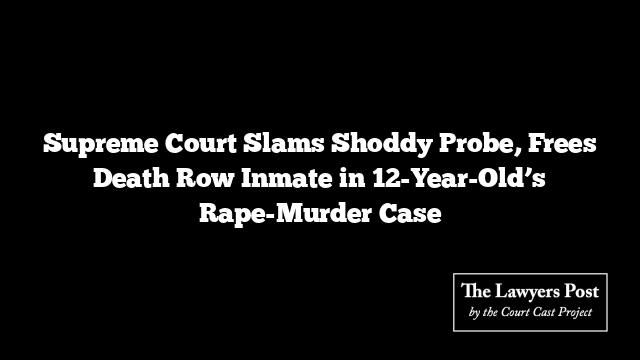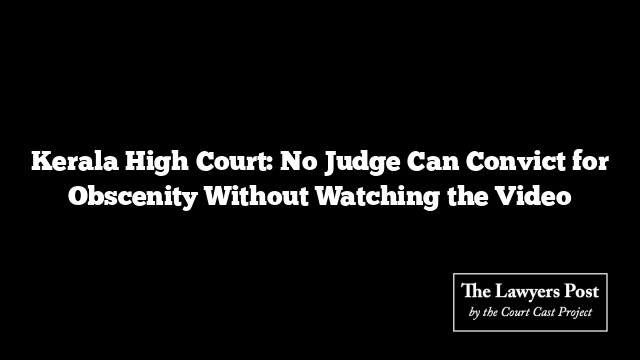In a case that exposed glaring cracks in India’s criminal justice machinery, the Supreme Court has acquitted two men—one of them awaiting execution—for the rape and murder of a 12-year-old girl, citing a “woefully inadequate” investigation and trial riddled with errors.
A bench of Justices Vikram Nath, Sanjay Karol, and Sandeep Mehta came down hard on the authorities, describing the matter as yet another example of “lackluster and shabby investigation” that allowed suspicion to masquerade as proof.
The crime dated back to September 2012, when a young girl from a village near Lucknow vanished after stepping out for a routine errand. The next morning, villagers discovered her belongings—bloodstained underclothes, a water canister, and footwear—scattered across a field. Soon after, her body was found nearby. A postmortem revealed sexual assault and death by strangulation.
Police moved swiftly to make arrests. Using a dog squad and a recovered comb as supposed leads, they rounded up two men from the same locality—Putai and Dileep. But crucial forensic handling that could have cemented the case was botched. Blood samples were collected months late, the first DNA report in 2014 proved inconclusive, and a supplementary report hinting at a match was never properly presented in court.
Despite this, a trial court sentenced Putai to death and Dileep to life imprisonment in 2014. The Allahabad High Court upheld the convictions in 2018. The two men carried their fight to the Supreme Court, arguing that the prosecution’s case rested on little more than suspicion and flawed science.
The country’s top court agreed. It noted that when a case rests entirely on circumstantial evidence, the burden is on the prosecution to ensure every link in the chain is unbroken. Here, the links were missing: forensic lapses, contradictory medical testimony, and an unproven chain of custody of biological samples.
“All that remains is suspicion,” the Court observed, “and suspicion, however grave, cannot replace proof.”
With that, the Court set aside the convictions, freeing both men after more than a decade of incarceration—one of them having lived under the shadow of the gallows.





